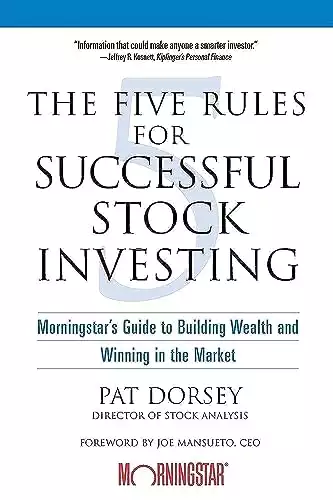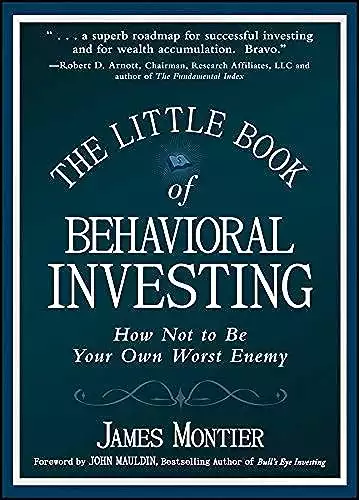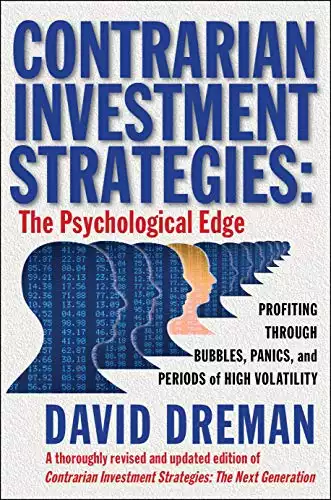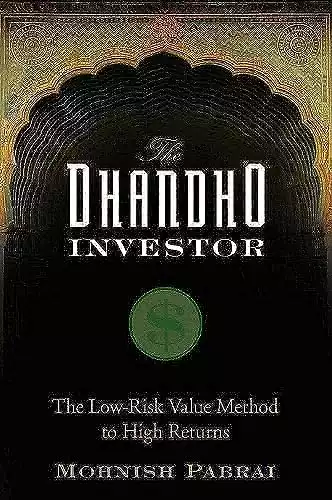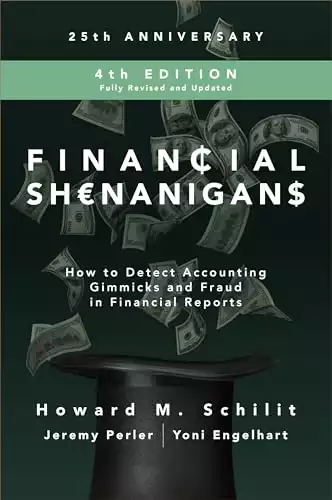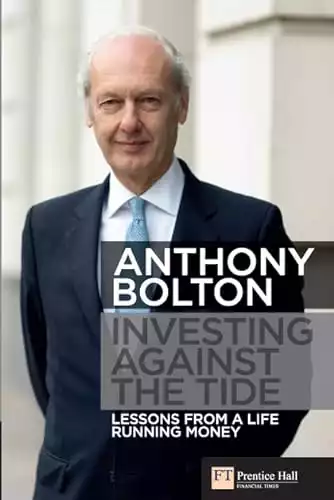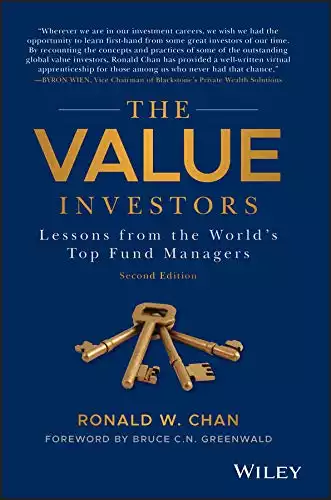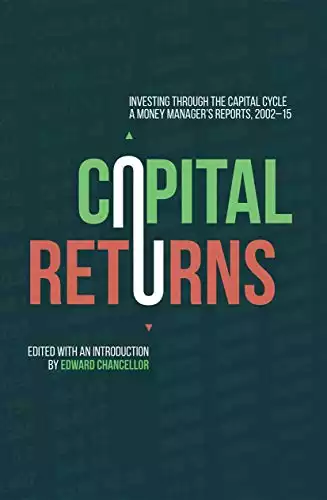Read the post in pdf format
Introduction
For seasoned investors looking to further refine their expertise and delve into sophisticated strategies, these top 10 value investing books provide deep insights and advanced approaches to navigating the financial markets. These books challenge conventional thinking and offer comprehensive analysis tools and methodologies to master the art of value investing.
1. The Little Book That Builds Wealth by Pat Dorsey
Book Summary
Dorsey explores economic moats—the competitive advantages that allow companies to maintain profitability and market share over the long term.
Key Takeaways
- Understand the concept of economic moats.
- Learn how to identify companies with sustainable competitive advantages.
- Focus on long-term investment horizons.
Why It's Recommended
Recommended for its detailed exploration of economic moats and its practical advice on identifying companies with enduring competitive advantages.
Quote
“An economic moat is a structural feature that allows a firm to sustain excess profits over a long period of time.”
2. The Five Rules for Successful Stock Investing by Pat Dorsey
Book Summary
Dorsey provides a comprehensive guide to stock analysis, offering detailed insights into financial statement analysis, valuation, and identifying quality companies.
Key Takeaways
- Learn the fundamentals of financial statement analysis.
- Understand various valuation techniques.
- Identify high-quality companies for investment.
Why It's Recommended
Recommended for its practical guidance on stock analysis and its emphasis on the importance of quality and valuation.
Quote
“Successful investing requires a thorough understanding of a company’s financial health.”
3. The Little Book of Behavioral Investing by James Montier
Book Summary
Montier addresses the psychological aspects of investing, explaining how behavioral biases can affect investment decisions and offering strategies to overcome them.
Key Takeaways
- Understand common behavioral biases in investing.
- Learn strategies to overcome psychological pitfalls.
- Apply behavioral finance principles to improve investment decisions.
Why It's Recommended
Recommended for its focus on the psychological aspects of investing and its practical advice for overcoming behavioral biases.
Quote
“The biggest investment mistakes come not from events but from how we respond to events.”
4. Contrarian Investment Strategies: The Psychological Edge by David Dreman
Book Summary
Dreman explores contrarian investing, focusing on the psychological factors that lead to market inefficiencies and how investors can exploit these opportunities.
Key Takeaways
- Understand the principles of contrarian investing.
- Learn how psychological factors create market opportunities.
- Develop strategies to capitalize on market inefficiencies.
Why It's Recommended
Recommended for its in-depth exploration of contrarian investing and its focus on the psychological factors influencing market behavior.
Quote
“Psychology is the most important aspect of the stock market and investing.”
5. The Dhando Investor: The Low-Risk Value Method to High Returns by Mohnish Pabrai
Book Summary
Pabrai explains the value investing framework through the lens of the “Dhandho” approach, which focuses on low-risk, high-return investments.
Key Takeaways
- Learn the principles of the Dhandho approach.
- Understand how to minimize risk while maximizing returns.
- Apply value investing strategies to different investment opportunities.
Why It's Recommended
Recommended for its unique perspective on value investing and its practical advice for minimizing risk.
Quote
“Few bets, big bets, infrequent bets.”
6. Financial Shenanigans: How to Detect Accounting Gimmicks & Fraud in Financial Reports by Howard M. Schilit and Jeremy Perler
Book Summary
Schilit and Perler provide a comprehensive guide to detecting accounting gimmicks and financial fraud, helping investors protect themselves from misleading financial statements.
Key Takeaways
- Learn how to detect financial fraud and accounting gimmicks.
- Understand the importance of thorough financial analysis.
- Protect your investments from misleading financial statements.
Why It's Recommended
Recommended for its practical advice on detecting financial fraud and its focus on protecting investors from accounting shenanigans.
Quote
“Financial shenanigans are tricks used by management to make their company's financial performance look better than it actually is.”
7. Accounting for Value by Stephen Penman
Book Summary
Penman provides a detailed guide to understanding the principles of accounting and their application to value investing, emphasizing the importance of financial statement analysis.
Key Takeaways
- Understand the principles of accounting for value.
- Learn how to analyze financial statements.
- Apply accounting principles to value investing.
Why It's Recommended
Recommended for its in-depth exploration of accounting principles and their application to value investing.
Quote
“Accounting is the language of business, and understanding it is critical for value investing.”
8. Investing Against the Tide: Lessons From a Life Running Money by Anthony Bolton
Book Summary
Bolton shares his experiences and lessons learned from a successful career in fund management, providing insights into the challenges and strategies of value investing.
Key Takeaways
- Learn from the experiences of a successful fund manager.
- Understand the challenges of value investing.
- Gain practical strategies for successful investing.
Why It's Recommended
Recommended for its firsthand insights and practical advice from a seasoned investor.
Quote
“Successful investing is about understanding the underlying business and having the conviction to invest against the tide.”
9. The Value Investors: Lessons from the World's Top Fund Managers by Ronald Chan
Book Summary
Chan profiles some of the world's top value investors, providing insights into their strategies, philosophies, and the lessons they have learned from their investment careers.
Key Takeaways
- Learn from the experiences of top value investors.
- Understand different value investing strategies.
- Gain practical insights and lessons from successful fund managers.
Why It's Recommended
The Value Investors is recommended for its diverse range of perspectives and valuable lessons from successful value investors.
Quote
“The best value investors have a keen understanding of the businesses they invest in and a disciplined approach to investing.”
10. Capital Returns: Investing Through the Capital Cycle by Edward Chancellor
Book Summary
Chancellor explores the capital cycle approach to investing, focusing on how changes in capital allocation affect investment opportunities and market performance.
Key Takeaways
- Understand the capital cycle theory.
- Learn how capital allocation influences market dynamics.
- Gain insights into identifying investment opportunities through capital cycle analysis.
Why It's Recommended
Recommended for its detailed exploration of the capital cycle theory and its practical applications for identifying investment opportunities.
Quote
“Capital cycle analysis focuses on the supply side of the equation, rather than the demand side.”
Conclusion
These books offer advanced strategies and insights that can help experienced investors refine their skills and navigate the complexities of value investing. Dive into these reads to enhance your understanding and master sophisticated investment concepts.


